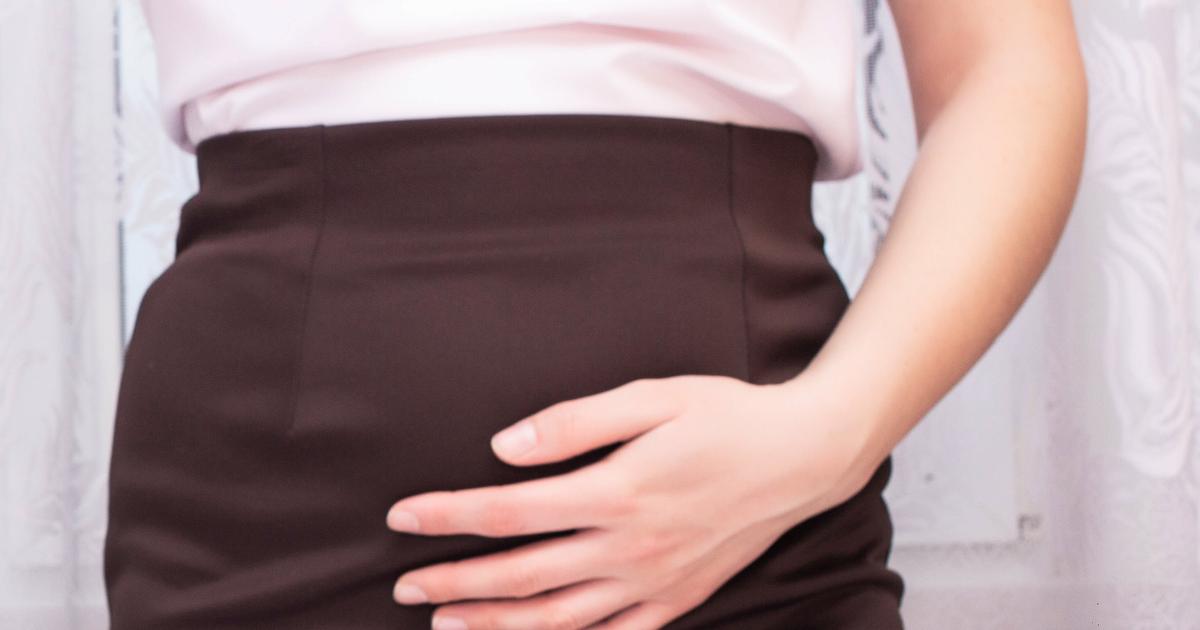Guide To The Types Of Urinary Incontinence
Stress Incontinence

Stress incontinence is a form of urinary incontinence that occurs when an individual leaks urine from their body when they laugh, jump, or cough. An individual who experiences pressure on the abdominal muscles and structures also places pressure on the bladder. A small bit of urine may leak out of an individual's body because of physical strain, which is what characterizes stress incontinence. Stress incontinence is a malfunction of the pelvic floor muscle, urethral sphincter, or both structures, which occurs when individuals have incurred damage or become too weak to perform their functions properly. This process results in an individual being unable to hold in urine dependably.
There are two different subtypes of stress incontinence. Intrinsic sphincter deficiency is when an individual's urinary sphincter pops open under pressure or from issues that stop it from closing completely. Urethral hypermobility is when an individual's urethra and bladder make a shift downward under increasing abdominal pressure, and the urethra has no hammock-like support to compress against that would stop it from opening inappropriately. Pelvic fracture and prostate surgery are the top causes of stress incontinence in men where childbirth is the top cause in women.
Keep reading to learn more about the different types of urinary incontinence now.